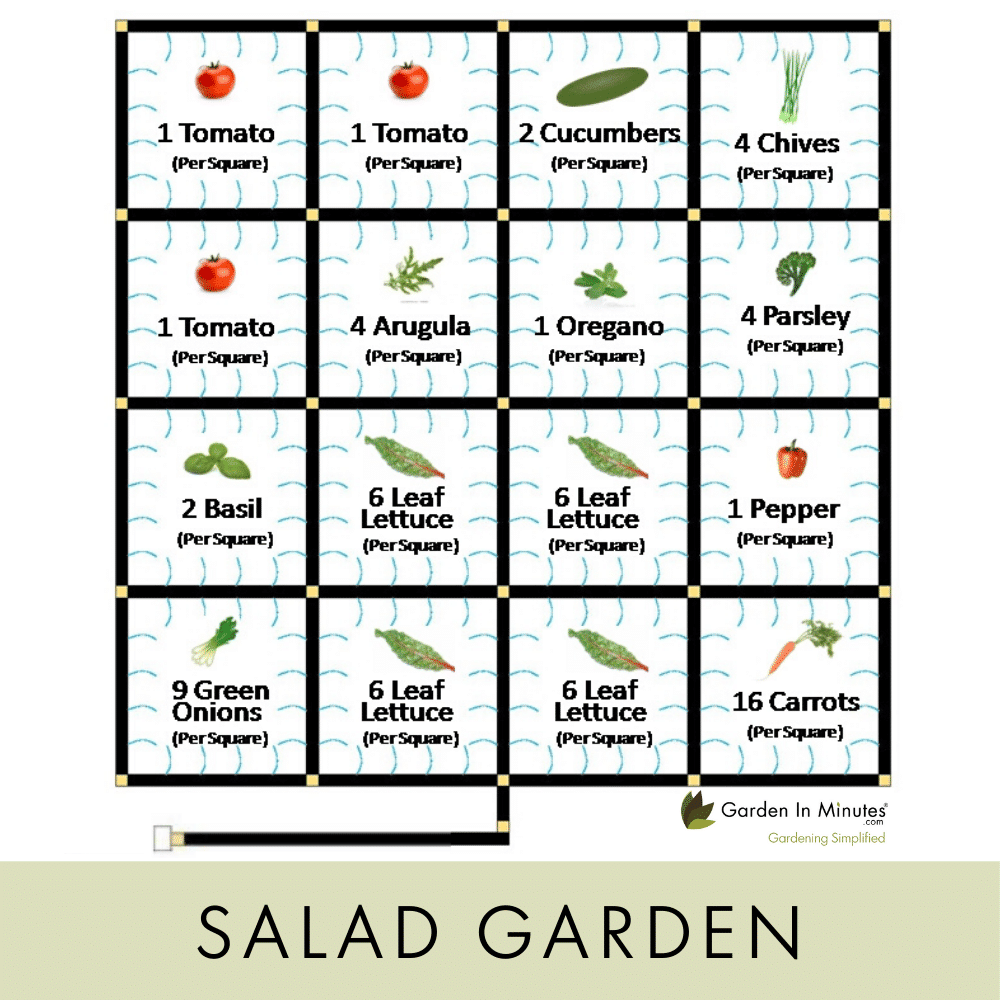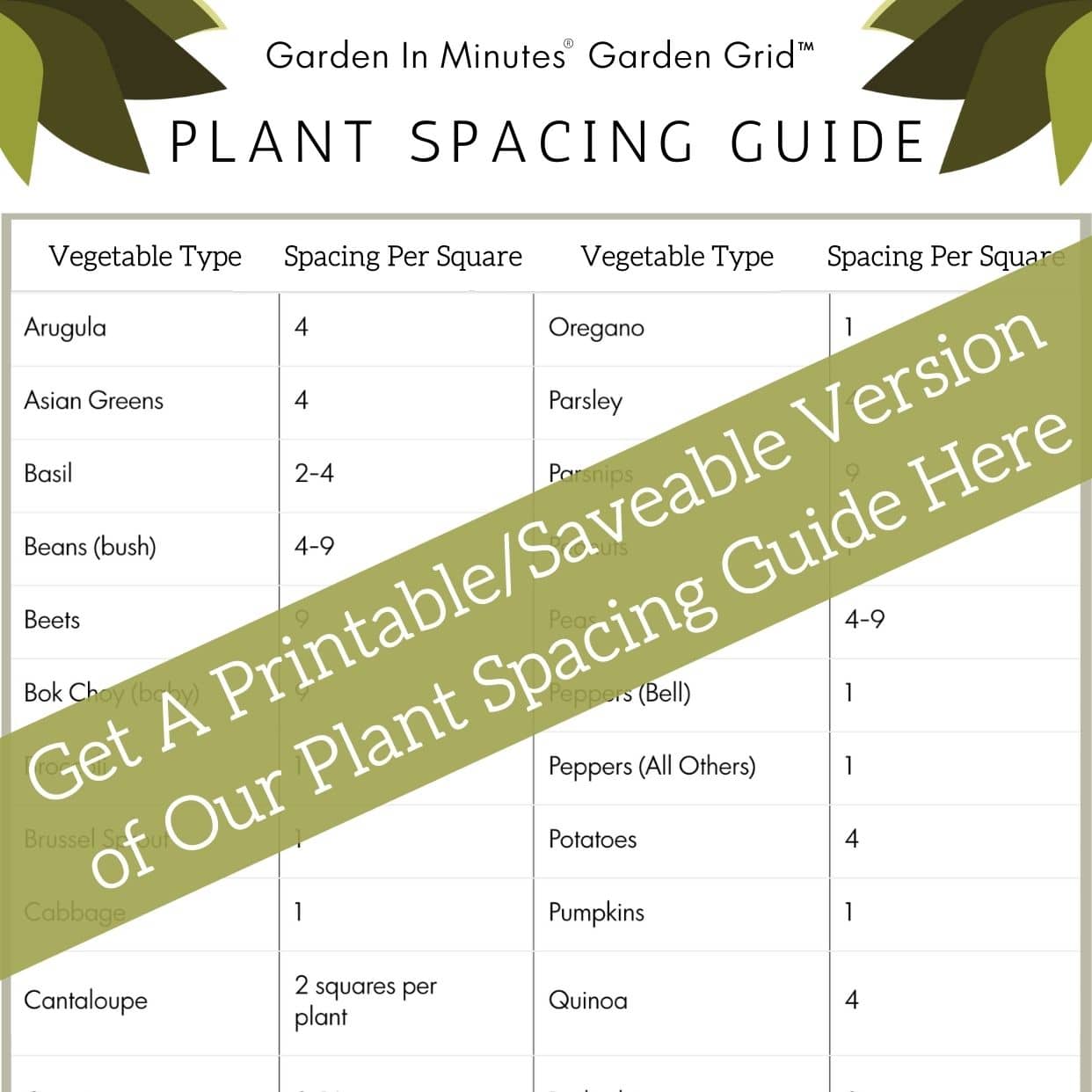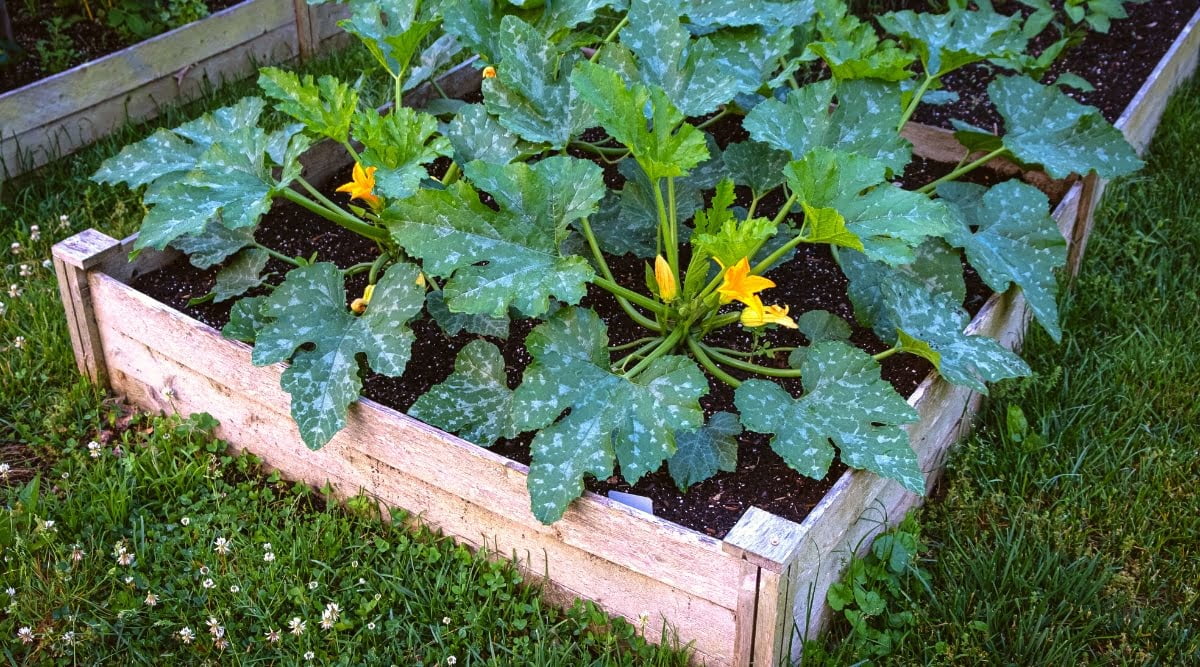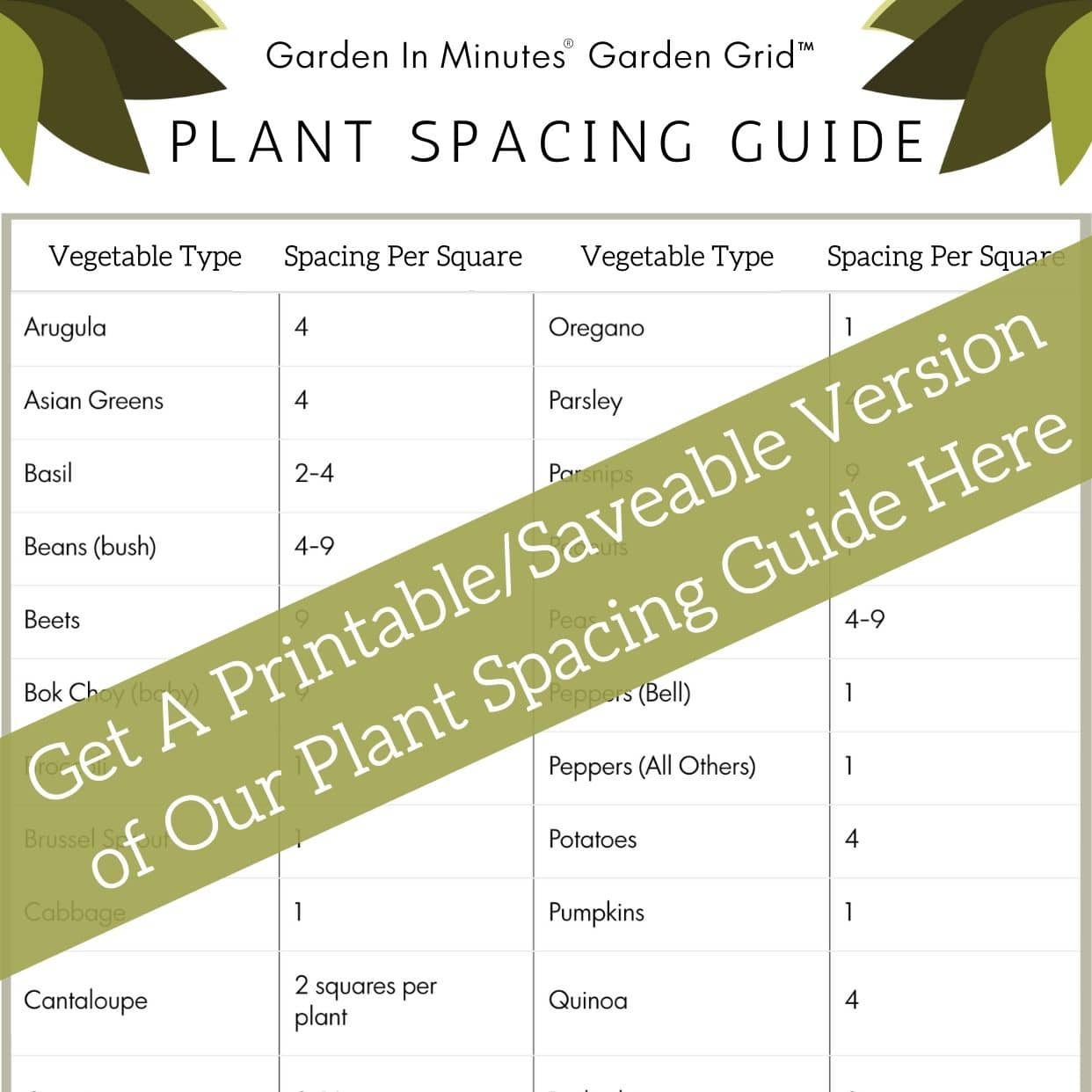Are you planning to grow zucchini in a raised bed but unsure about the ideal spacing? Look no further! In this article, we will provide you with a comprehensive spacing guide for planting zucchini in a raised bed. Whether you are a seasoned gardener or a beginner, this information will help you make the most of your gardening space and ensure healthy growth for your zucchini plants. So grab your gardening tools and let’s get started on creating a vibrant zucchini patch in your raised bed.

Spacing Guidelines for Planting Zucchini in a Raised Bed
When it comes to growing zucchini in a raised bed, proper spacing is vital for the health and productivity of your plants. By giving your zucchini plants adequate space, you are promoting air circulation, preventing fungal diseases, ensuring sufficient sunlight, aiding in pest control, and avoiding overcrowding and competition. In this comprehensive article, we will discuss the importance of proper spacing and provide guidelines for determining the size of your raised bed, choosing the right zucchini variety, vertical spacing techniques, spacing between rows, companion planting considerations, and tips for monitoring and adjusting spacing.
Importance of Proper Spacing
Promotes Air Circulation
Proper spacing allows for adequate air circulation around your zucchini plants. Good air circulation is crucial in preventing the build-up of moisture on the leaves, which can lead to the development of fungal diseases such as powdery mildew. By spacing your plants appropriately, you are ensuring that air can flow freely, reducing the risk of disease and promoting overall plant health.
Prevents Fungal Diseases
One of the main benefits of proper spacing is the prevention of fungal diseases. Zucchini plants are susceptible to various fungal diseases, and overcrowding can exacerbate these issues. By giving your plants the space they need, you are reducing the likelihood of fungal infections and ensuring that your zucchini plants can thrive.
Allows Sufficient Sunlight
Another key reason for proper spacing is to provide sufficient sunlight to each plant. Zucchini plants require a minimum of six hours of direct sunlight per day to produce healthy and abundant fruits. By spacing your plants correctly, you are ensuring that each plant receives the necessary amount of sunlight, resulting in better growth, higher yields, and tastier zucchinis.
Aids in Pest Control
Proper spacing plays a role in pest control as well. By giving your zucchini plants enough space, you are making it more challenging for pests to move from plant to plant, reducing the risk of infestations. Additionally, proper spacing allows for better access to the plants, making it easier to monitor for any signs of pests and promptly address any issues that arise.
Avoids Overcrowding and Competition
Overcrowding and competition among zucchini plants can have negative consequences. When plants are too close together, they compete for nutrients, water, and sunlight, which can stunt their growth and reduce their productivity. Proper spacing ensures that each plant has the necessary resources to thrive and avoids the negative effects of overcrowding.

Determining the Size of Your Raised Bed
Before diving into the specifics of zucchini plant spacing, it is essential to determine the size of your raised bed. Several factors should be considered when deciding on the dimensions of your raised bed, including available space, accessibility, and the plant’s lifespan.
Consider Available Space
Start by considering the available space in your garden or yard. Measure the area where you plan to install your raised bed and determine how much room you have to work with. This will help you avoid overcrowding and ensure that your zucchini plants have enough space to grow and spread their leaves.
Choosing the Right Dimensions
When determining the dimensions of your raised bed, consider the mature size of zucchini plants. Most zucchini varieties require a minimum of 18 to 24 inches of space between each plant. Keep this spacing requirement in mind when calculating the width and length of your raised bed.
Accounting for Accessibility
Accessibility is another critical factor to consider when determining the size of your raised bed. You should be able to reach the center of the bed comfortably from all sides to sow seeds, water, weed, and harvest your zucchinis. Aim for a width of no more than four feet, allowing easy access to all areas of the bed without the need to step on the soil.
Considering the Plant’s Lifespan
Lastly, consider the lifespan of your zucchini plants. Most zucchinis have a relatively short harvest period, typically lasting around eight weeks. If you plan to grow multiple batches or succession plant, take this into account when deciding on the size of your raised bed. You may want to divide the bed into sections to stagger planting times and ensure a continuous supply of zucchini throughout the growing season.

Choosing the Right Zucchini Variety
Before diving into the specific spacing requirements, it is crucial to choose the right zucchini variety for your raised bed. There are various zucchini varieties available, each with its own growth habit and mature size. Consider the following factors when selecting your zucchini variety:
Bush Varieties
Bush zucchini varieties are compact and ideal for smaller raised beds or containers. They are typically less than two feet tall and do not require trellising or staking. Bush varieties are perfect for gardeners with limited space and are generally more suitable for raised beds due to their compact nature.
Vine Varieties
Vine zucchini varieties are more sprawling and require more space to grow. They produce long vines that can reach up to six feet in length. Vine varieties benefit from trellising or staking to keep the plant off the ground and maximize space utilization in a raised bed. If you choose a vine variety, ensure you have adequate vertical space and consider using a trellis or other support structure.
Dwarf Varieties
Dwarf zucchini varieties, as the name suggests, are smaller in stature. They typically grow to around two feet tall and are more compact than standard bush varieties. Dwarf zucchinis are well-suited for smaller raised beds and containers, offering versatility and an abundant harvest in limited space.
Hybrid Varieties
Hybrid zucchini varieties are bred through controlled crosses of different zucchini types. They often exhibit desirable characteristics such as disease resistance, high yields, and improved flavor. Hybrid varieties come in both bush and vine forms, offering a wide range of options to suit your raised bed gardening needs.
Heirloom Varieties
Heirloom zucchini varieties are open-pollinated, meaning they are pollinated by natural means such as insects, wind, or birds. These varieties have been passed down through generations and can provide unique flavors and textures. Heirloom zucchinis come in both bush and vine types, allowing you to choose based on your raised bed size and preferences.




